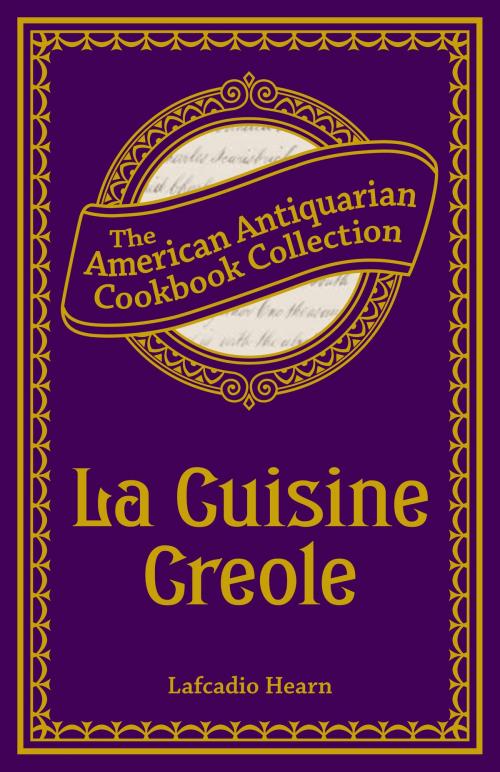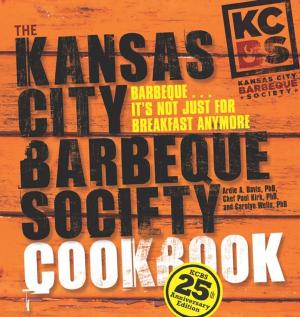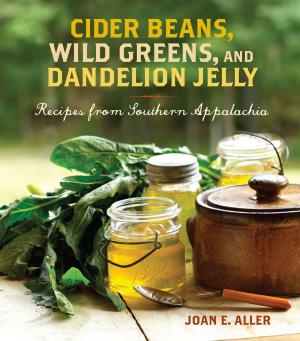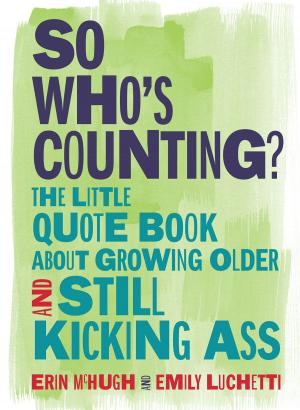La Cuisine Creole
A Collection of Culinary Recipes
Nonfiction, Food & Drink, International, Cajun & Creole, European, French, Food Writing| Author: | Lafcadio Hearn | ISBN: | 9781449462369 |
| Publisher: | Andrews McMeel Publishing | Publication: | April 15, 2014 |
| Imprint: | Andrews McMeel Publishing | Language: | English |
| Author: | Lafcadio Hearn |
| ISBN: | 9781449462369 |
| Publisher: | Andrews McMeel Publishing |
| Publication: | April 15, 2014 |
| Imprint: | Andrews McMeel Publishing |
| Language: | English |
Although it was printed anonymously in 1885, Lafcadio Hearn is generally accepted as the author of La Cuisine Creole. In his introduction, Hearn describes the intriguing origin of this unique cuisine, explaining that, “it partakes of the nature of its birthplace—New Orleans—which is cosmopolitan in its nature, blending the characteristics of the American, French, Spanish, Italian, West Indian and Mexican . . . There are also obvious influences from Native Americans, African Americans, and others in the American melting pot.” Among the “many original recipes and other valuable ones heretofore unpublished” included in the book are Gombo file, Bouille-abaisse, Courtbouillon, Jambolaya, Salade a la Russe, Bisque of Gray-fish a la Creole, Pousse Café, Café brule, Okra Gombo, Grenouilles Frites, Pain Perdu, Sangaree, and a marvelous collection of fish, seafood, and game recipes. There are also instructions on “The Service of Wine” and a large number of recipes for drinks and cocktails.
Although it was printed anonymously in 1885, Lafcadio Hearn is generally accepted as the author of La Cuisine Creole. In his introduction, Hearn describes the intriguing origin of this unique cuisine, explaining that, “it partakes of the nature of its birthplace—New Orleans—which is cosmopolitan in its nature, blending the characteristics of the American, French, Spanish, Italian, West Indian and Mexican . . . There are also obvious influences from Native Americans, African Americans, and others in the American melting pot.” Among the “many original recipes and other valuable ones heretofore unpublished” included in the book are Gombo file, Bouille-abaisse, Courtbouillon, Jambolaya, Salade a la Russe, Bisque of Gray-fish a la Creole, Pousse Café, Café brule, Okra Gombo, Grenouilles Frites, Pain Perdu, Sangaree, and a marvelous collection of fish, seafood, and game recipes. There are also instructions on “The Service of Wine” and a large number of recipes for drinks and cocktails.
More books from Andrews McMeel Publishing
We use our own "cookies" and third party cookies to improve services and to see statistical information. By using this website, you agree to our Privacy Policy















